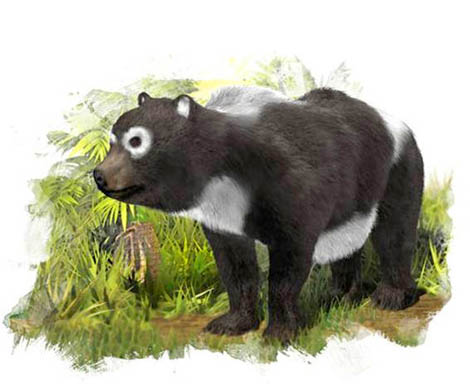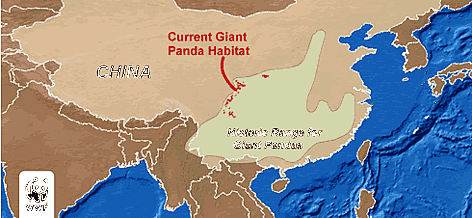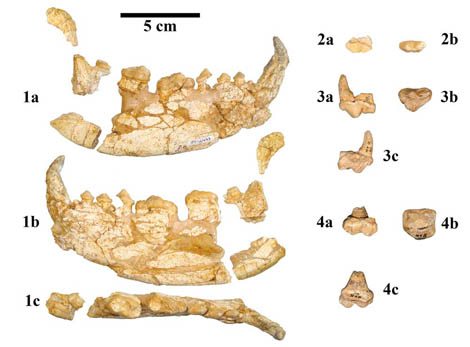 It's a typical Chinese image that now comes from Catalonia – the panda. Almost all children recognize this animal and some of them know that this mammal currently lives in China. Perhaps most adults will be unaware that the oldest giant panda lived about 11 million years ago in the Iberian Peninsula.
It's a typical Chinese image that now comes from Catalonia – the panda. Almost all children recognize this animal and some of them know that this mammal currently lives in China. Perhaps most adults will be unaware that the oldest giant panda lived about 11 million years ago in the Iberian Peninsula.
The fossilized remains of an ancestor of the giant panda were found in a fossiliferous deposit in Zaragoza, designated Nombrevilla 2.
O Kretzoiarctos beatrix becomes the oldest representative of the Ailuropodinae subfamily, a group to which the extinct and current forms of the giant panda belong, with the sediments where it was found to be 11.6 million years old.
Until this discovery, the oldest ancestor came from the Miocene Chinese, with ages ranging between 7 and 8 million years. The discovery of fossilized jaws and teeth, carried out by paleontologists from the Catalan Institute of Paleontology, takes back the picture of the evolution of the giant panda in three million years, also expanding the image of the past geographic distribution of this more than emblematic animal today. .
 The giant panda (Ailuropoda melanoleuca) has long been a reason for scientific debate, as its origin and relationship in the Ursoidea family has long been discussed, and this position is supported by molecular data that refer to it as a sister group of bears.
The giant panda (Ailuropoda melanoleuca) has long been a reason for scientific debate, as its origin and relationship in the Ursoidea family has long been discussed, and this position is supported by molecular data that refer to it as a sister group of bears.
This new fossil species, the Kretzoiarctos beatrix [1], in addition to representing the oldest ancestor of the giant panda, it is also the oldest vestige of a bear on the Iberian Peninsula.
As to the possibility of this ancestor having white and black coloration typical of its descendants, paleontologists do not confirm, as there is no fossilized material that allows us to infer [2].

The paleontologists who studied this material also state that, at the origin of the extinction of this animal, there will have been environmental changes with a direct impact on the environments in which this panda would live – dense and humid forests will have been replaced by more open and drier environments [2].
11 million years ago, just like today, the climate has greatly affected the existence of species… still, long live the Catalan panda, long live!
References:
[2] http://www.livescience.com/24788-oldest-panda-fossils.html
Images:
A – reconstitution of Kretzoiarctos beatrix; from here - SYNC
B – current and recent distribution of the giant panda (Ailuropoda melanoleuca); from here – WWF
C – found remains of Kretzoiarctos beatrix; of [1]
 Author Luis Azevedo Rodrigues is a professor, doctorate in Paleontology, science promoter and Executive Director of the Centro Ciência Viva de Lagos. He is also the author of the blog Science in the Natural .
Author Luis Azevedo Rodrigues is a professor, doctorate in Paleontology, science promoter and Executive Director of the Centro Ciência Viva de Lagos. He is also the author of the blog Science in the Natural .


















Comments